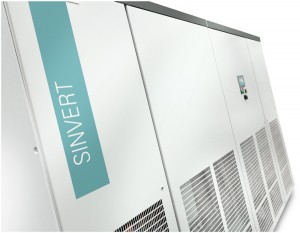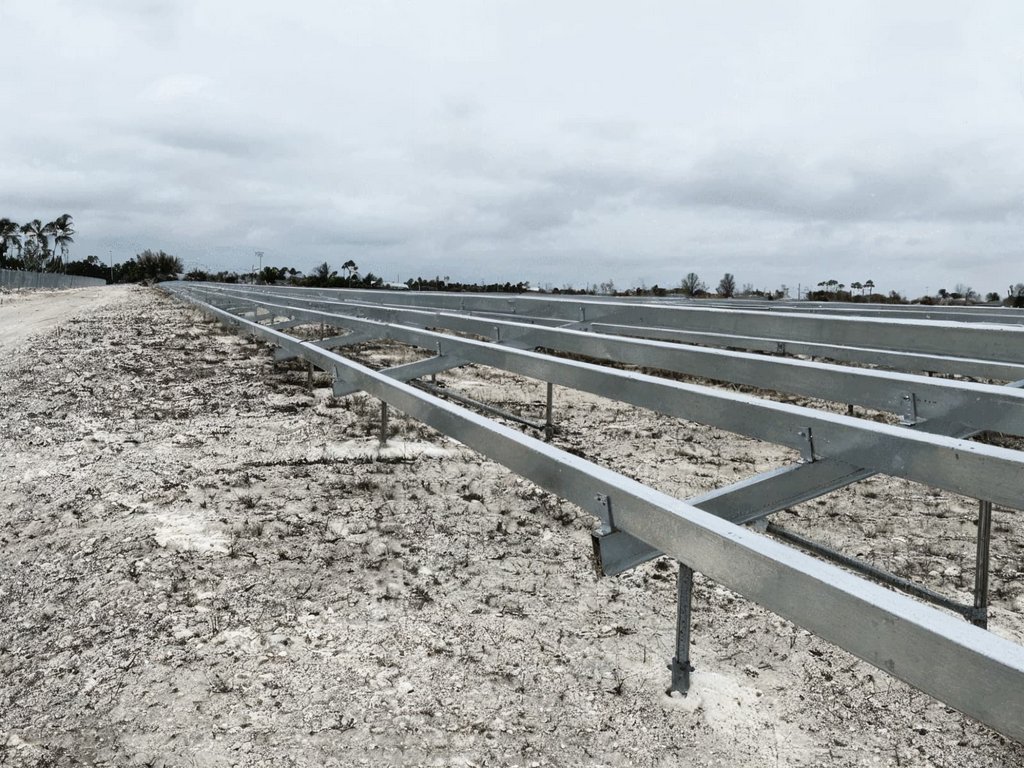Q&A: The Importance of Large Inverters
A Q&A with Ryan Parsons, senior solar PV application consultant with Siemens
Q: Why is it important in large commercial and utility-scale applications to ensure integration of solar products?
A: Integration of equipment is critical to maintain high energy output with highest efficiency at a low overall capital cost over the lifetime of the project. Every component integrated together needs to work at its highest efficiency for that specific project. When integrated solutions are configured, the solar panel characteristics are used to fine tune the inverter performance. The high efficiency inverter output of AC energy is transformed to higher voltages to be distributed or delivered to the utility grid, and carefully integrated solutions will maintain the high energy efficiencies.
The opposite is true if solar products are not carefully integrated. The solar panel energy will be lost in inefficient utilization of the inverter, transformer and connections to the grid, resulting in high-cost solar PV projects which may stop a project at the design phase.
Q: How do Siemens inverter products work for large commercial and utility-scale applications?
A: The Sinvert PVS solar inverter converts the DC from the PV generators into a three-phase current. This three-phase current is then fed into the connected power grid. The inverter design is optimized for the lowest possible losses and thus the greatest possible efficiency. 
The integrated DC and three-phase distribution makes the system compact and inexpensive to integrate.
Q: When is using a large inverter most appropriate?
A: A larger inverter is used when a PV installation is generating energy to deliver to the utility grid.
Q: What are the advantages of using a large inverter?
A: The PVS inverters receive large amounts of DC energy from a PV field, accumulate this DC energy and feed it into the appropriate quantity of internal system inverters to ensure the highest efficiency of DC-to-AC energy is produced in the shortest amount of time.
Other large inverter manufacturers do not utilize the PVS technology which results in their efficiencies being reached later in the day, which comparatively is a reduction of energy harvest. Larger inverters allow portions of the inverter to be shut off during the day depending upon the amount of irradiation energy available at that moment. This increases the life of the components and keeps the efficiency output high.
Because our PVS inverters accumulate the DC energy on a common DC bus, the large PVS inverters are able to help prevent energy losses. Smaller inverters will only be able to handle small amounts of energy being fed directly to that inverter.
With the common DC bus, areas of a DC solar field experiencing high amounts of irradiance will deliver high amounts of energy. Other areas of the same DC field which are not experiencing the same high amount of irradiance will still be delivering energy to the common DC bus. The DC bus then accumulates and averages the DC energy prior to this DC energy being inverted to AC power. This will help prevent energy loss (clipping) and increase the energy harvest.
Other smaller inverters do not average or “load share” the incoming DC energy. When a project uses larger inverters, you have less inverters and equipment in the field. This results in less labor, installation and capital costs. This also results in fewer systems to maintain over the lifetime of the project.





Comments are closed here.